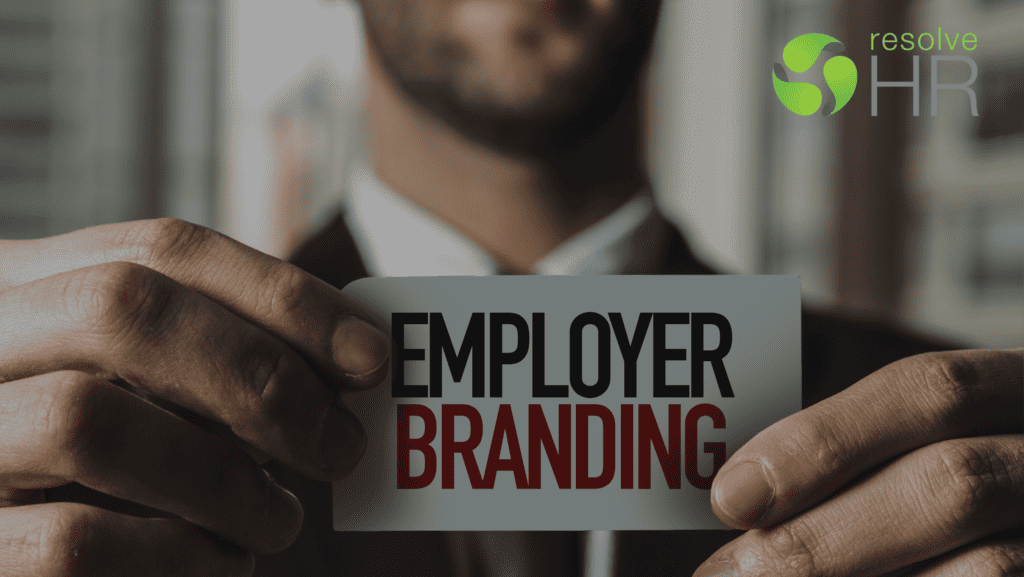
There is no doubt that establishing and building a brand is one of the biggest investments your organisation will make. These days more than ever there are so many evolving touchpoints your brand needs to be across to ensure a cohesive message is constantly being communicated both externally and internally.
However, for many companies who spend vast resources on this process there is one part of the branding process that is often neglected, and it is one of the most powerful marketing tools your business can tap into… your people!
For many organisations, your team members are the main or only touch point your customers will have with your brand, so getting internal buy-in from your team from the bottom to the top is crucial for success. When you get that internal support, you are creating a very powerful asset… brand champions.
Your brand champions are the front line of your organisation and their passion, commitment and understanding of your branding strategy can make or break your business.
A perfect example of this is the brand, Apple – their front line staff are their biggest evangelists, they are trained to always be ‘on brand’ and they do it not because they are told to, but because they truly believe in it.
In the HR industry, this is otherwise known as internal or external “Employer Branding”.
The link between the external employer and internal employee branding dictates the overall reputation and perception of any organisation.
This concept certainly resonates with marketing and branding specialists Racket Agency and Human Resources specialists Resolve HR, whose respective directors Pat Tyers and Nick Hedges both believe that creating a brand that resonates internally and externally is paramount for the success of any organisation.
To better understand what your employer brand should define, ask yourself the following 3 questions…
- How can we create a sense of belonging?
- What sets our organisation apart from other employers?
- How does our employer brand support our consumer marketing messaging?
These answers should encapsulate and communicate the essence of what it means to be an employee in your organisation. As this is the key thing that sets you apart from all the other employers in the market. It embodies your core values, motivations, and inspirations that your team can resonate with, that will drive your organisation forward. It defines why employees would choose to work with you.
External employer branding refers to how an organisation is perceived by potential candidates, clients, customers, and the general public. It encompasses your organisation’s values, culture, mission, and the way it presents itself as an employer.
External employer branding activities typically include advertising, marketing campaigns, social media presence, and public relations efforts aimed at attracting top talent and establishing a positive reputation in the market.
Whereas internal employee branding, focuses on shaping the perception and experiences of current employees within your organisation. It involves creating a strong internal culture, fostering and building employee engagement, and aligning employees behaviours with your organisation’s vision, mission and values.
Internal employee branding often includes internal communication strategies, employee recognition/reward programs, professional development opportunities, and initiatives that enhance your employees’ experience.
The link between these two concepts is that a strong external employer brand can attract talented individuals who align with the organisation’s values and culture.
When an organisation is perceived positively externally, it becomes more appealing to prospective employees, leading to a larger pool of qualified, potential candidates. This in turn, can contribute to higher employee morale, as employees feel proud to be associated with a reputable organisation.
Similarly, a strong internal employee branding strategy helps to foster a positive working environment, where employees feel valued, motivated, and engaged. When employees have a positive experience within the organisation, they are more likely to become brand champions for the company’s external employer brand.
They may share their positive experiences through word-of-mouth, social media, or other avenues, which can enhance your organisation’s reputation and attract more top talent.
Ultimately the link between external employer brand and internal employee branding is a symbiotic relationship where a positive external perception attracts talented individuals, and a strong internal culture and employee experience contributes to a positive external brand reputation that ultimately influences your customers and bottom line.
Nick Hedges is the founder of Resolve HR, a Sydney-based HR consultancy specialising in providing workplace advice to managers and business owners. He recently published his first book, “Exiting underperforming Team Members – The Inside Scoop”. It is a practical response to the most pressing HR challenges, which can be found at https://resolvehr.com.au/.
Disclaimer: The contents written do not constitute legal advice and does not cater for individual circumstances. The information contained herein is not intended to be a substitute for legal advice and should not be relied upon as such.
